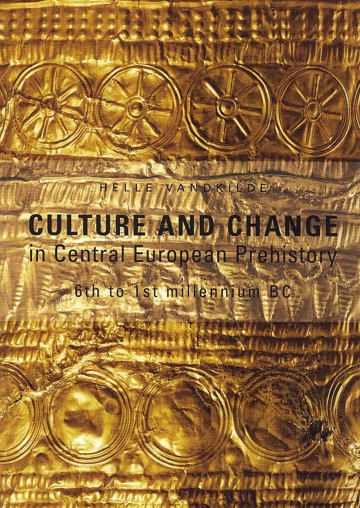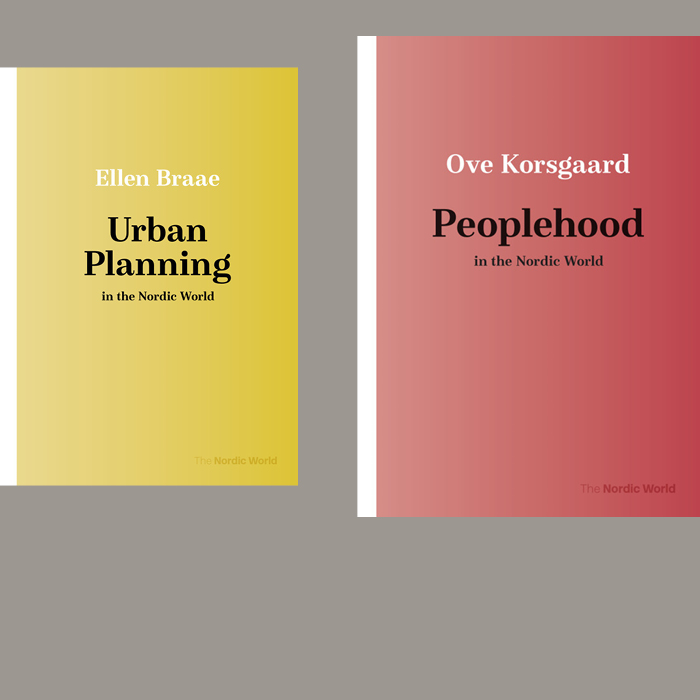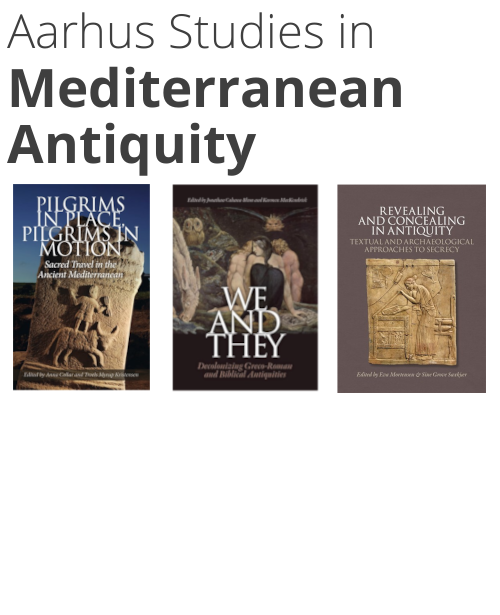
Culture and change
in Central European Prehistory
A part of the subject areas Archaeology and History
More about the book
About the book
This book is a cohesive overview of Central European prehistory from the introduction of agriculture around 6000 BC to the state-forming processes that began to emerge during the first millennium BC. A complex mosaic of culture, society and processes is mirrored in the material world and in certain periods involves a large part of the Eurasian continent. Culture and change must be understood as both localised and macro-regional: the book is a cultural-historical tale - inspired by, for example, the attempts of French historians to integrate different levels of history.
Emphasis is laid on the eventful boom periods where innovations and cross-cultural interaction intensified in such a way that history's mainly reproductive pattern was broken. Important turning points are attached, among other things, to the first production of food, copper- and bronze metallurgy, and the sword as a weapon and symbol. These technical innovations were part of a complicated interaction with social and cultural processes, which in many cases are connected in a pattern that can be followed in time and space.
Press reviews
R.B. Clay, University of Kentucky, Social & Behavorial Sciences
"Comprehensive in its approach, the volume presents a wide range of competing theories for the development of social and political complexity, how these have been developed from excavation of archaeological remains, and how in their diversity they continue to shape comprehension of this complex subject. Well illustrated with maps, drawings, photographs, and an extensive bibliography, the volume is eminently suited to college courses in European prehistory and, more generally, worldwide archaeology. It will also find interested readers in larger libraries serving a wide range of reading public."
Peter Bogucki, Journal of Field Archaeology
"Culture and Change is thus a valuable book for a variety of readerships [...]"




